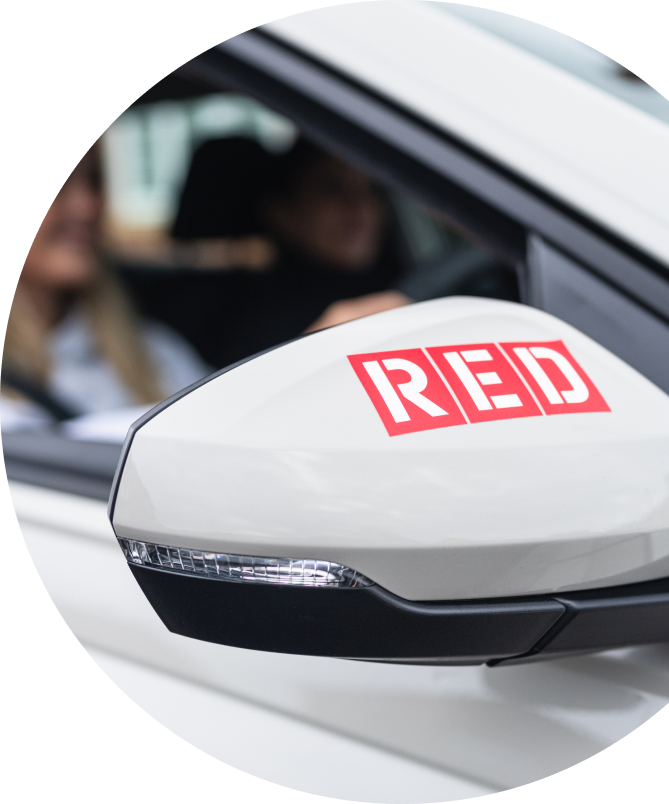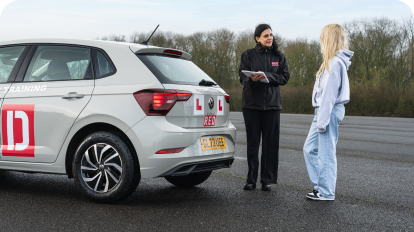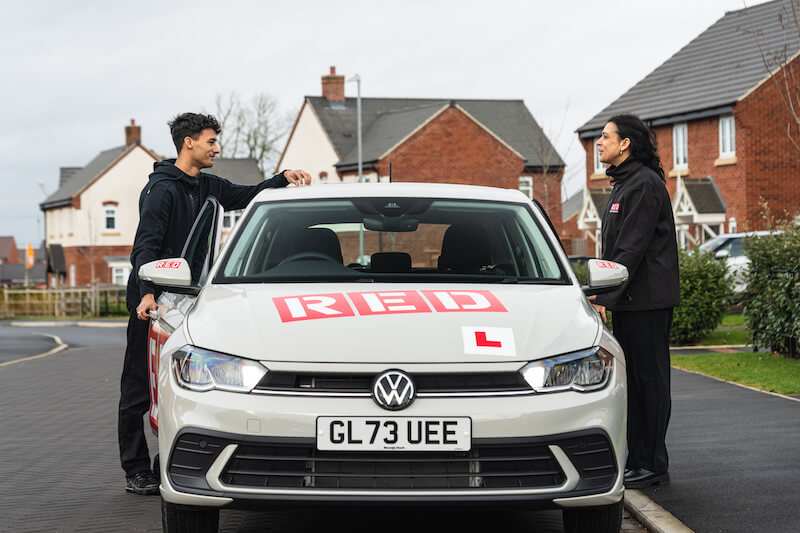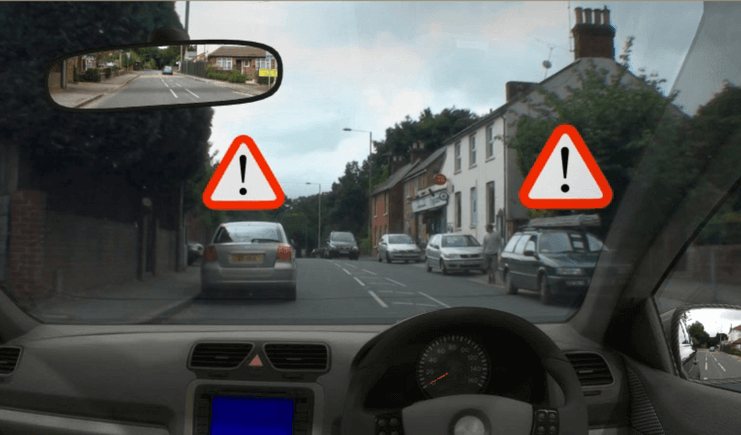DVSA’s most common driving test faults
Before completing a driving test, it is best to know what these driving tests’ faults are so learners have the best chance of passing and having a safe driving test. According to the DVSA, the most common driving test faults include:
Poor observations at junctions
This is the number one reason learners fail. It happens when pulling out without fully checking both directions, failing to spot cyclists or motorbikes and rushing at a junction when it is not safe to.
Examiners want to see that you’re constantly scanning for hazards, not just glancing. Missing a car and forcing it to slow down counts as a major fault. Hesitating briefly when it’s clear might be a minor.
Failing to use mirrors when changing direction
Mirror checks are essential when signalling, overtaking, changing lanes and turning left or right. A glance in the mirrors shows awareness of your surroundings. Forgetting once or twice might be marked as a minor, but failing to check before moving into another lane could become a serious fault if it affects other drivers.
Bad positioning on the road
This covers a range of issues:
- Straddling lanes at roundabouts
- Being too close to the kerb or centre line
- Sitting in the wrong lane for your intended exit
Poor positioning can confuse or endanger others. For example, drifting slightly in a wide lane might only be a minor, but cutting across lanes at a roundabout without signalling could be marked as a major.
Poor control during manoeuvres
Manoeuvres like reverse parking [link], parallel parking [link], or pulling up on the right are designed to test precision. Common faults include steering too late or too much, swinging wide when reversing and multiple corrections to park properly.
Light contact with the kerb usually counts as a minor, but mounting the kerb or ending up dangerously close to pedestrians is a major. Confidence and control are key here.
Responding incorrectly to traffic lights
Mistakes at traffic lights can be costly. Failing to stop at a red light in time or waiting too long when the lights turn green can be common faults at traffic lights.
Driving through a red light or driving off too early is always a major fault, as it’s a clear safety risk. Pausing too long at a green light and holding up traffic might be a minor fault, unless it causes danger.
Stalling the car
Stalling isn’t an automatic fail; it depends on where and how it happens, as well as how calm you are at restarting safely.
Stalling while moving off at quiet lights may be a minor if you recover quickly. Stalling at a busy roundabout, forcing cars to brake, can be a major fault and result in a fail. The key is to not panic and be aware of your surroundings.
Not being in control of speed
As expected, driving over the speed limit is a major fault and will result in an instant fail, as driving instructors expect you to drive at a safe speed. If quick to accelerate but maintain control and safety, this might be marked as a minor.
It is also seen as a driving fault if driving too slowly. Being cautious isn’t a problem, but crawling along well under the speed limit can be. It suggests a lack of confidence and may frustrate other road users. If your slow speed forces overtaking or creates danger, that’s a major fault.












